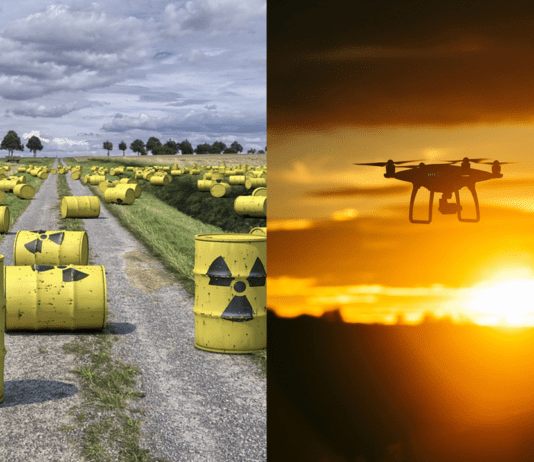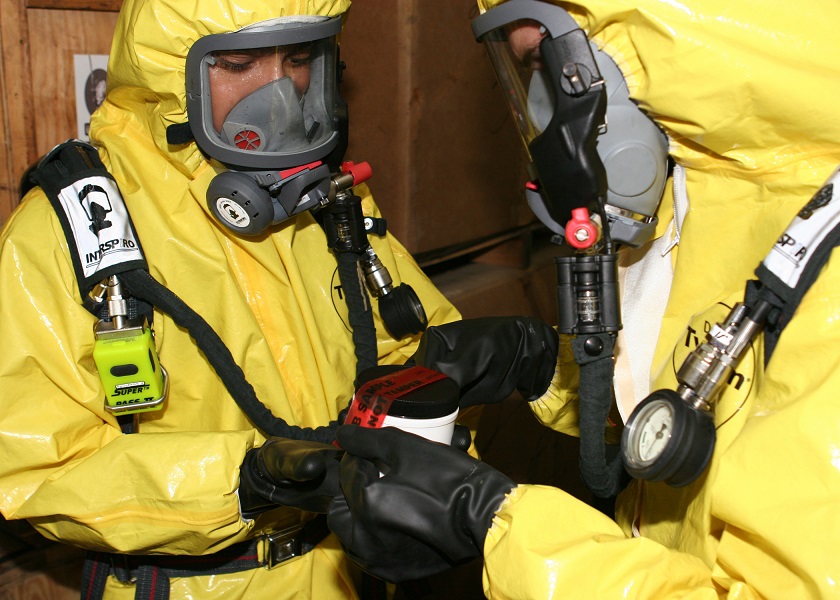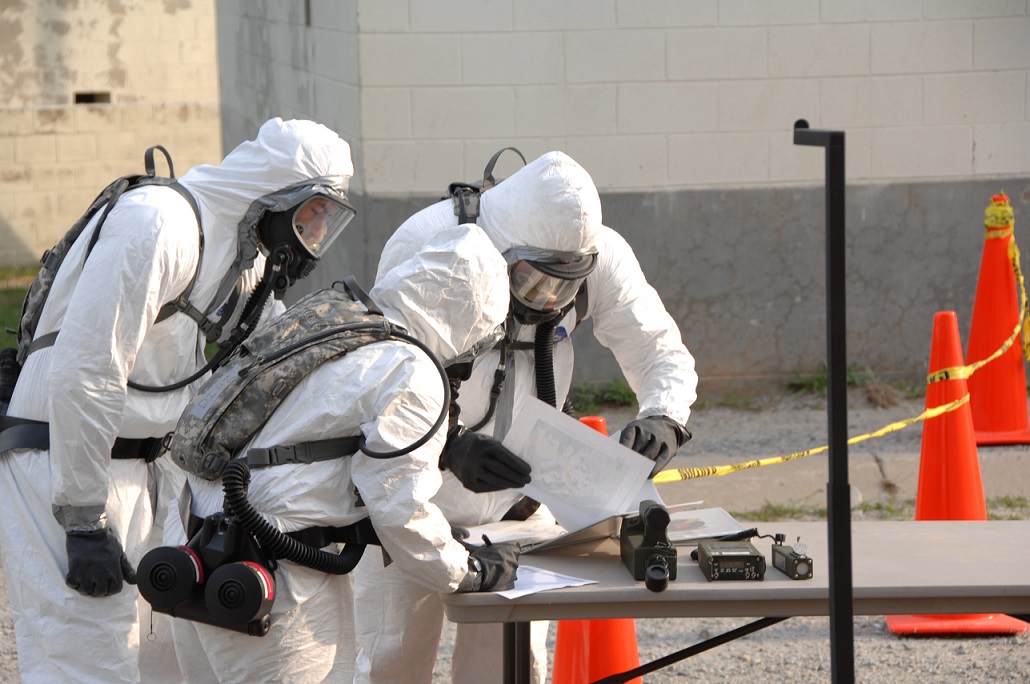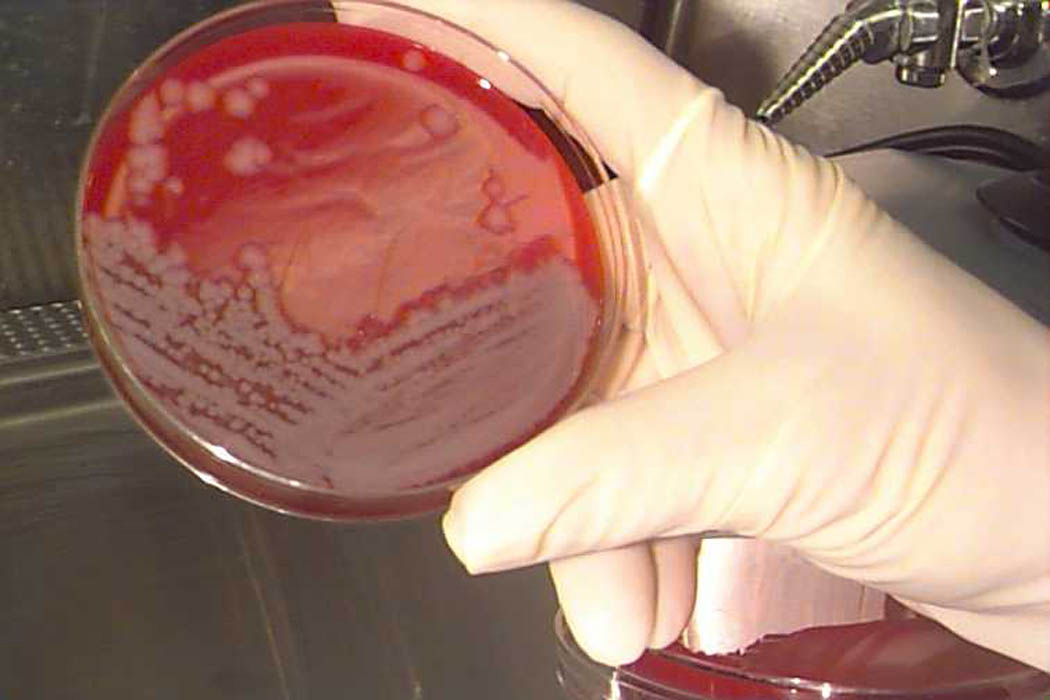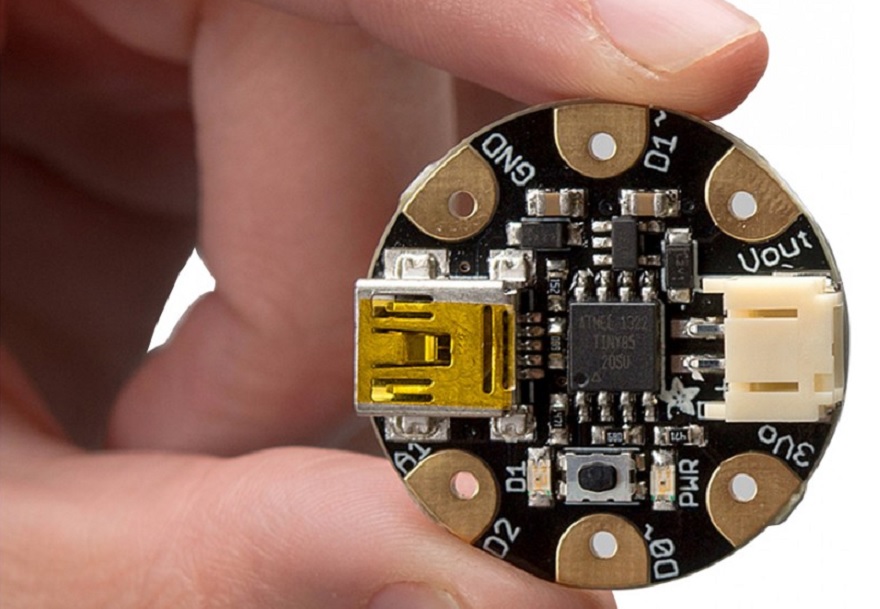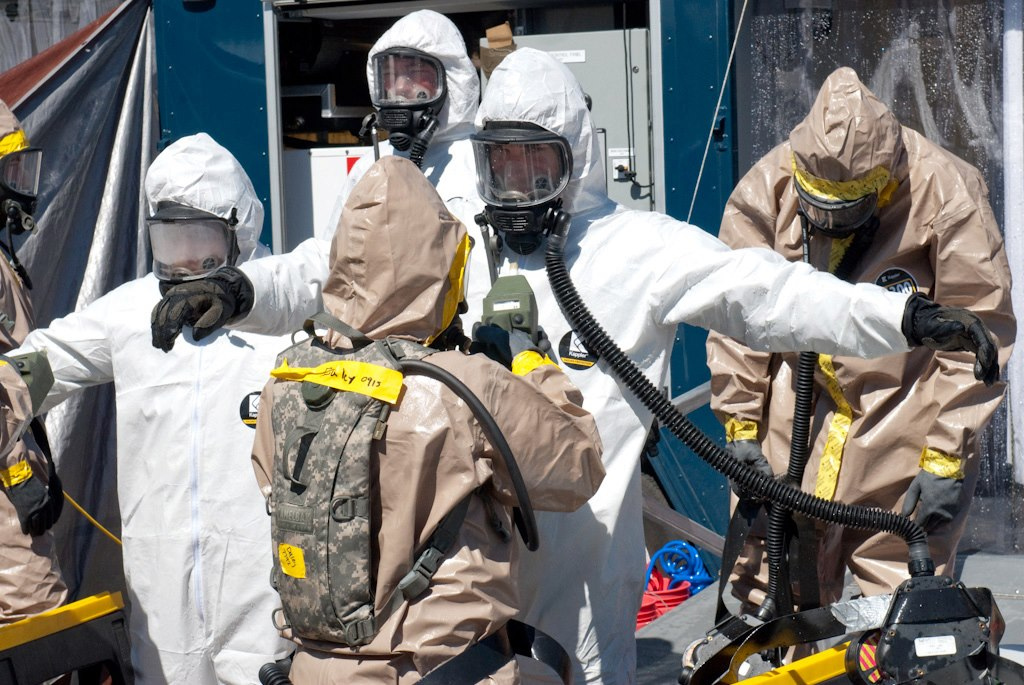New Program Detects Chemical Threats
The Defense Advanced Research Projects Agency (DARPA) is now testing new chemical sensors that can assist easily detecting nuclear, biological, chemical, radioactive, and explosive...
Why is Biological Warfare Risk on Increase?
Emerging technologies could facilitate the production and use of biological weapons. Advances in 3D printing, artificial intelligence and robotics could increase the possibilities for...
Unexpected Measure Against Chemical Threats
Drone technology will have an important role in the UK’s defenses against chemical weapon attacks. Defense secretary Gavin Williamson has announced an £11m plan...
New Device Challenges Terrorists
Asymmetric warfare, meaning conventional militaries combatting guerrilla and terrorist organizations, has long posed a challenge for states. New technology combining mobile platforms with the...
In Search for Biological Threat Detection Technologies
The US Department of Homeland Security has been enhancing its efforts to keep biological threats from coming across U.S. borders. It is within this...
Australia Enhances its Defense in CBRN Field
Australia is equipping its armed forces with new chemical, biological, radiological and nuclear defense capabilities. The defense ministry signed contracts worth A$238 million with...
US Stockpiles New Drug to Address Bioterrorism Risk
The US Congress has taken steps to enable the development and approval of countermeasures to thwart pathogens that could be employed as weapons in...
Unprecedented Terrorist Threat on European Soil?
Armed jihadis plotted or carried out more attacks in Europe last year than in 2016, with a total of 33 attacks either planned or...
Future Forces to Use Compact Ring for Chemical Threat Detection
The demand for compact, lightweight and portable sensors having the capacity to connect to smartphones and laptops or computers is increasing. Among these are...
DARPA Funding New Portable Biological Weapons Diagnostics Device
Today’s battlefield can be a very unpredictable place, with threats coming from every direction, including from the air and from underground. Recent conflicts in...
New Software to Prevent Biological Attacks
US Federal research facilities rely on internet-connected devices to automate many basic building functions like ventilation, heating and security, as well as more hazardous...
Plant-Based Sensors to Collect Intelligence
The US Department of Defense evaluates that the military’s traditional intelligence sensors are not always optimal for the tasks that have become more and...
Technologies to Uncover Emerging Biothreats Sought
The U.S. Department of Homeland Security (DHS) Science and Technology Directorate (S&T) has recently launched the Hidden Signals Challenge, a $300,000 prize competition seeking...
First-of-Its-Kind Wearable Chemical Sensor
Wearable electronics will be a $34 billion industry by 2020, according to analyst firm CCS Insight. Wearable sensors are capable of tracking processes in...
Biological Solutions to Security Threats
Synthetic biology could offer solutions to security threats. A new effort is aimed at creating organic capabilities and infrastructure for the use of synthetic...
Chemical Terror Attack During Tokyo Sports Events Not Ruled Out
Tokyo Police conducted an anti-terror drill at a sports arena in central Tokyo based on a scenario of terrorists launching a chemical attack during...
New Hacking Method Discovered – Biological Malware
In what appears to be the first successful hack of a software program using DNA, researchers explained that the biological malware they inserted into...
Creative Anti-Chemical Weapon in Development
The Syrian civil war has brought chemical weapons back to the center stage in terms of international arsenals and defense methods. The U.S. military...
Unmanned Tank to Operate in Areas with Nuclear Radiation
Unmanned vehicles can be a life-saving solution for operations in areas attacked by unconventional weapons. The Indian Defense Research and Development Organisation (DRDO) has...
DARPA Uses Biology for Defense Purposes
Although the U.S. military has already deployed the power of biology and nature before, e.g. the Navy trains dolphins to detect underwater mines, the...
Cross-Border Biological Threat Screening – a Priority
The US has been promoting cross-border threat screening for biological agents. The Department of Homeland Security (DHS) Science and Technology Directorate (S&T) announced $35...
New Player in The Sensor Tech Revolution
The American Institute for Manufacturing Integrated Photonics (AIM Photonics), a public-private partnership, recently announced a new Defense Department project. The AIM Photonics initiative will...


